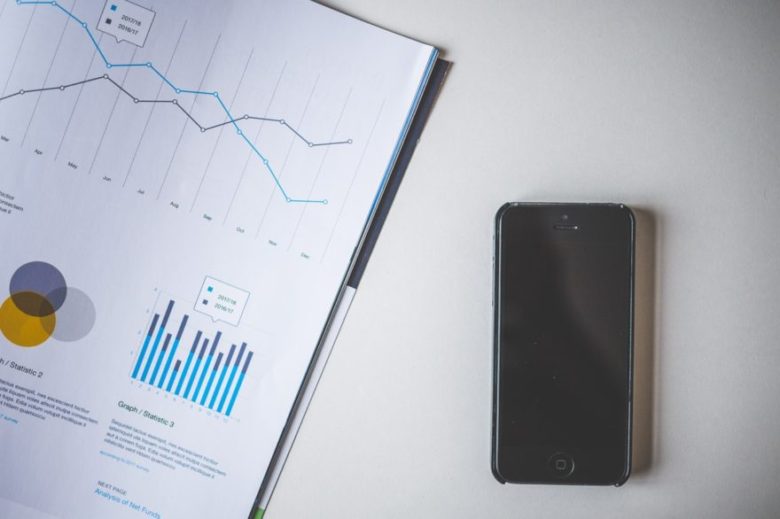While many of us use Google every day to keep up with the latest news and find the nearest drive-through Starbucks, did you know that Google also provides a cost-free solution for many of your digital marketing and business needs?
Google Analytics is a free digital analytics tool that allows business owners to measure the effectiveness of marketing campaigns and track user behavior. Such information makes it easier to target particular demographic groups, translate visits into sales, increase website accessibility, and much more.
In this article, I offer some basics for getting the most out of this free and useful service. You’ll learn how to determine which reports and metrics are most useful, how often you should check reports, and the simplest ways to view such relevant data on an ongoing basis.

Define Your Organizational Goals
Similar to a business strategy, your website should have a purpose. For many businesses, a website’s primary goal is to increase traffic and bring in more customers. If you haven’t already done so, the first step for using Google Analytics will be to define your goals for your organization’s website.
Once these goals are defined, you’ll need to identify metrics for measuring progress. For example, if the goal of your website is to build awareness and generate qualified leads, then your key metrics might include sessions (how people interact with your website), bounce rates (the number of visitors who navigate away from your web page after a single click), and lead conversion rate (the number of leads who eventually become customers).
Add Context to Your Key Metrics
Key metrics or key performance indicators (KPIs) demonstrate how well your company is achieving its short and long-term goals. These analytics provide context for many of your business’ key metrics and indicate how particular webpages, advertising strategies, social media platforms, and other channels are either contributing to or detracting from organizational success.
For example, if your business has a national presence, you may want to look at key metrics across various cities or states in order to understand why your business may be particularly popular in one area but not another. If you’re more focused on local presence, however, then such a report might not be relevant to you—the point is that you can choose which data you receive and how such information is compiled.

Cadence: Getting in Step With Checking Your Reports
The cadence, or the regularity with which you should check your reports, varies greatly from business to business depending on a variety of factors. The main determinant is how often you plan to take action to optimize performance. Thus, how often you view your Google Analytics data depends on your specific goals and the timeframe of those goals.
When starting out, I suggest reviewing your reports a minimum of once a month in order to monitor and optimize performance. This monthly check-in will, at the very least, inform you if something goes terribly wrong with your website (let’s hope this never happens!). This process can be simplified by setting up a recurring dashboard and scheduling automated monthly notifications containing the key metrics you’ve identified. By tracking these KPIs, you’ll increase your business acumen, making informed decisions that help drive success.
 Nicole Leite if the founder of Ambitny, a Digital Analytics agency that helps small to mid-sized companies understand their digital audience’s behavior through the collection, integration, and interpretation of online data. She’s consulted on nationally recognized brands across various industries including Travel & Hospitality, B2B, Technology, CPG, Healthcare, Retail, Non-Profit, Finance, and many more. Additionally, she’s managed teams, implemented processes, and prompted many cross-agency partnerships. To learn more about how the Ambitny team can help measure your online channel, send them quick message.
Nicole Leite if the founder of Ambitny, a Digital Analytics agency that helps small to mid-sized companies understand their digital audience’s behavior through the collection, integration, and interpretation of online data. She’s consulted on nationally recognized brands across various industries including Travel & Hospitality, B2B, Technology, CPG, Healthcare, Retail, Non-Profit, Finance, and many more. Additionally, she’s managed teams, implemented processes, and prompted many cross-agency partnerships. To learn more about how the Ambitny team can help measure your online channel, send them quick message.
Connect with Nicole on Twitter @ambitnyinsights and @nicolemleite; and visit her during her GURU Hours at Hera Hub Mission Valley.
Photo credit: Pexels





